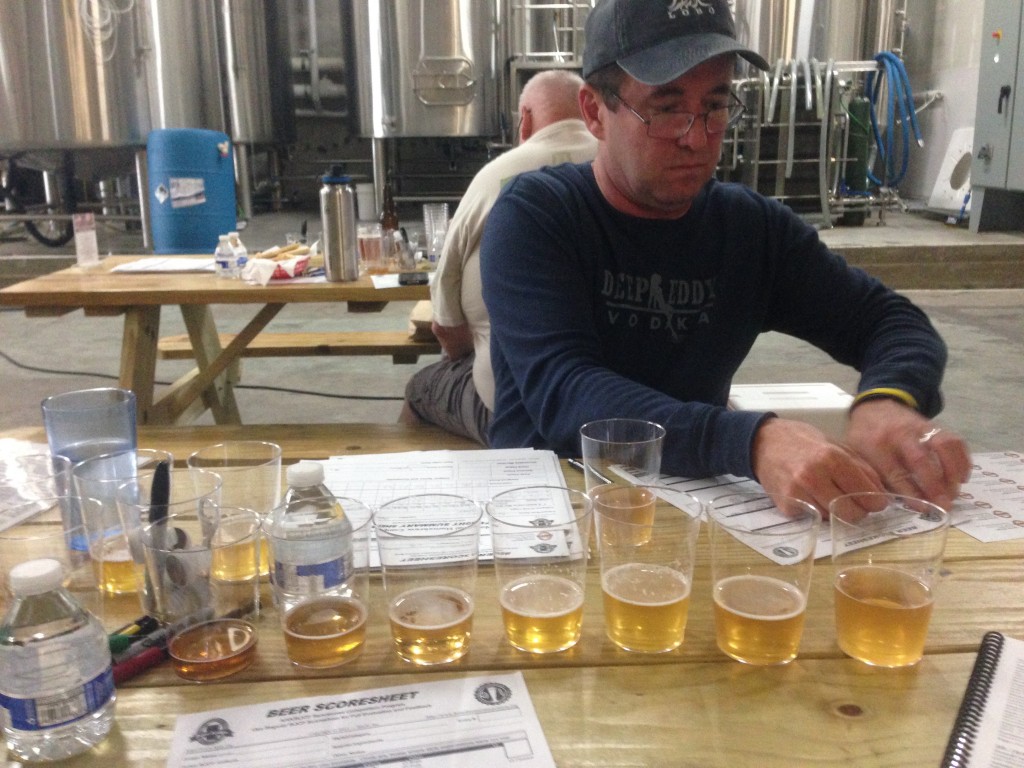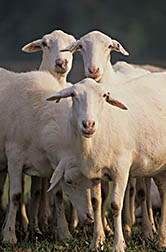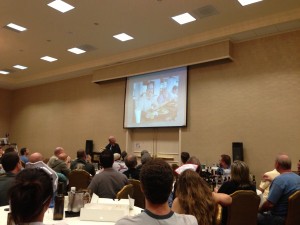On Friday and Saturday of last week, the Austin NHC site held its first round judging. I, along with many other Austin ZEALOTS and other Austin area homebrewers, descended upon 4th Tap Brewing and judged over 700 beers, finishing the task a day ahead of schedule.
Every year I judge, I try to think of the bigger picture afterwards and see if I can identify any trends or find anything worth writing about from the experience. Then I write about it anyway.
Judging at a large competition, you get to sample a lot of beers. This year, I judged 6 flights over the two days, ranging from 5 to 12 beers in a flight, with 7 or 8 being the median number (IIRC). Plus, there’s always the “holy crap, you have got to try this” moments when another judge finds a particularly spectacular beer and shares it. And of course, there’s the groans when judges encounter a real stinker. So, each judge gets to sample a fair amount of beer and gets some idea of what the other judges are encountering. On the other hand, one judge’s experience can’t be taken as a statistically valid sample, so these are just my observations. [Read more…]








Recent Comments